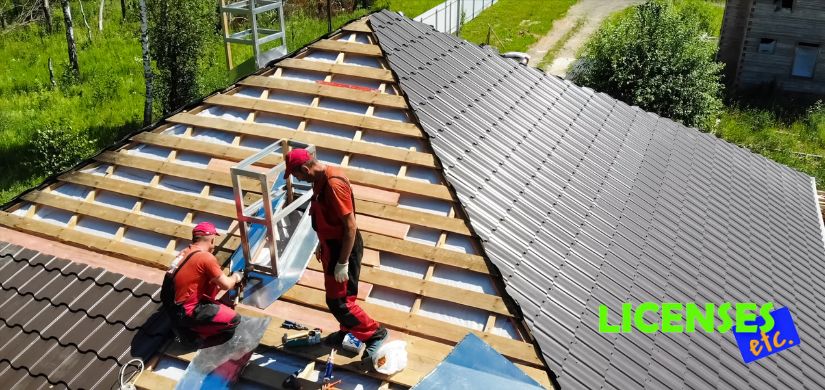- October 18, 2023
- Posted by: admin
- Category: Blog

As a licensed contractor in Florida, you are entrusted with the task of building safe and secure homes for your clients. One of the most critical components of any home is the roof, and even minor defects in its construction can lead to serious problems down the line. Properly understanding and avoiding common roofing construction defects is essential to maintain your reputation and ensure customer satisfaction. In this blog, we will discuss on what main defects to avoid. While these may seem obvious, industry statistics continuously show these are the most common issues that always seem to pop up. They are:
Improper Shingle Installation
One of the most common roofing defects arises from improper shingle installation. Misaligned shingles, insufficient nailing, or using the wrong type of shingles for a specific climate or design can all lead to issues such as leaks, reduced lifespan of the roof, and aesthetic problems.
Inadequate Ventilation
A well-ventilated roof helps to regulate temperature and moisture levels, preventing problems like mold, rot, and ice dams. Not providing adequate ventilation during roof construction is a common defect that can lead to significant damage over time.
Poor Flashing Installation
Flashings are crucial for preventing water intrusion at intersections and penetrations on the roof. If they are incorrectly installed, missing, or of poor quality, it can lead to leaks and subsequent water damage.
Inadequate Drainage
A roof must be designed to adequately drain rainwater. If the slope or drainage system is improperly designed or installed, it can result in standing water, which can cause leaks and structural damage.
If you discover that a roofing defect has occurred despite your best efforts, it’s important to respond proactively and professionally.
Here is what to do:
Acknowledge and Assess the Situation
If a client brings a potential defect to your attention, take their concerns seriously. Inspect the problem area, identify the issue, and assess the extent of the damage. It’s also a good idea to document everything with photographs.
Communicate Clearly and Honestly with the Client
Keep your client informed about what’s happening. Explain the problem, its potential causes, and your proposed solution. Honesty and transparency can go a long way in maintaining client trust during a difficult situation.
Rectify the Issue Promptly
Once you’ve identified the problem and formulated a plan, act promptly to rectify it. This might involve repairing or replacing part of the roof, or even a full re-roofing in severe cases.
Learn from Your Mistakes
Every defect is an opportunity to learn and improve. Analyze what went wrong and how it could have been avoided. Then implement changes to your practices to prevent similar issues in the future.
In conclusion, as a Florida licensed contractor, avoiding common roofing construction defects should be a top priority. However, if a defect does occur, handling it professionally and effectively can help to maintain your reputation and client relationships. Remember, communication, prompt action, and learning from your mistakes are key to managing these situations successfully.
